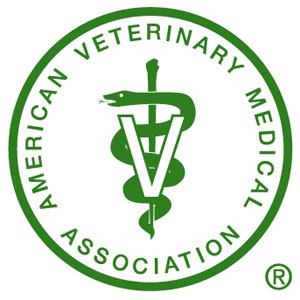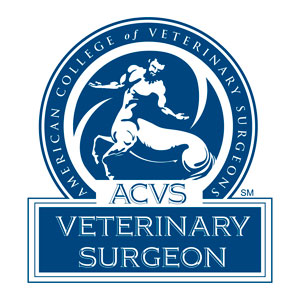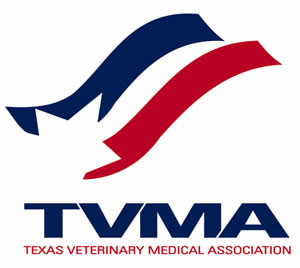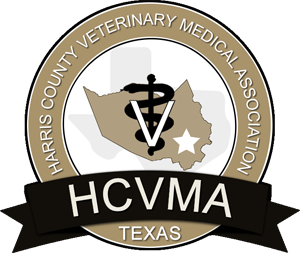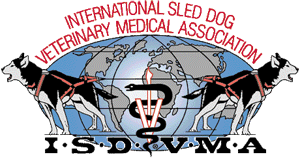Micro Total Hip Replacement (THR) FAQs


Images courtesy of Noel Fitzpatrick
Specially designed for canines and felines from 4 pounds to 25 pounds
Q: What is Micro THR?
A: As is the goal with total hip replacement surgeries for larger dogs, the goal of Micro THR is to provide patients with a pain-free joint that mimics their normal biomechanics, thus allowing them to reestablish long-term function so that they may go on to live a long, playful life. The prosthesis used during this surgery has been specifically designed for small patients (weighing anywhere from 4 to 25 pounds).

Q: What is hip dysplasia?
A: Hip dysplasia is an abnormal formation of the hip socket that, in its more severe form, can cause osteoarthritis. It is a genetic trait that most commonly affects both hips; however; symptoms may be more severe on one side. Hip dysplasia is manifested by varying degrees of laxity (looseness) of the hip joint with instability and malformation of the joint components. This condition is one of the most common indications requiring surgical intervention.
Q: What are the clinical symptoms of hip dysplasia?
A: The symptoms of hip dysplasia are traditionally subtle in nature. Usually, only mild to moderate lameness is exhibited as your pet rises from a resting position, which may suddenly worsen and lead to decline in your pet’s activity level. Dysplastic dogs may further exhibit a reluctance to go on walks and an abnormal gait. Each case is treated on its own merits.
Q: How does a Micro THR procedure differ from traditional THR?
A: The basic principles for implanting the MicroTHR are similar to those for the standard THR procedure (please see above). The only unique difference between the two procedures is that the size of the patient, implants, and instrumentation are smaller. As is the case with a standard THR, the complication rate of a Micro THR is low.
Q: Is it true that a femoral head ostectomy (FHO) can provide similar results to a THR?
A: FHO is an alternative treatment choice, which is an option primarily for clients with financial constraints. The results are less predictable when compared to a standard or Micro THR. The following is a comparison of these two procedures:
Femoral Head Ostectomy (FHO)
Procedure: The femoral head and neck are removed in order to create an artificial joint from the remaining muscles, ligaments and joint capsule.
Aftercare: It is recommended that your pet receive physical therapy starting shortly after the procedure to improve the chances of a successful outcome.
Results: Joints may remain painful and some animals will have a gait abnormality after the surgery. According to published results (Off W, Matis U: VCOT, 23:297-398, 2010) of objective data, function following FHO was good in 38%, satisfactory in 20%, and poor in 42% of the dogs and cats.
Total Hip Replacement (THR or Micro THR)
Procedure: The femoral head, neck, and acetabulum are replaced with cobalt-chrome stainless-steel, and ultra-high molecular weight polyurethane components, creating an "artificial joint".
Aftercare: Exercise is restricted for the first 5-6 weeks following surgery to prevent accidents, luxation. and other complications from occurring.
Results: 95% of pets will enjoy a normal life with excellent functional. Less than 5% develop a complication which might require additional surgery. Pets that have undergone a THR are expected to be pain-free for life.
Q: What are the risks of Micro THR?
A: As with any surgery, Micro THRs have a set of potential complications, most of which can be successfully addressed if they arise. While the complication rate is very low, the most common complications are:
-
Implant loosening
-
Nerve injury
-
Joint luxation
-
Femur fractures
-
Anesthesia risks
Q: Is my pet a good candidate?
A: A painful hip that is affecting your pet’s comfort, mobility, and activity level is the most common indication for a hip replacement. Indications include developmental bone problems such as avascular necrosis of the femoral head (Legg-Perthes Disease), irreparable fractures, hip luxation that can not be successfully managed by other methods, and arthritis for reasons other than joint infection. Most pets have reached adulthood (typically between ages 9 to 10 months of age). All pets should be examined for other concurrent health problems including knee and spine problems.
 Q: How common are Micro THRs?
Q: How common are Micro THRs?
A: Since 2005, more than 700 Micro THRs have been successfully completed using the BioMedtrix CFX Micro Hip implants. This procedure has been specially designed for animals weighing less than 25 pounds.
Q: How long is implantation expected to last?
A: Micro THR components and implantation is expected to last for your dog or cat’s lifetime.
Q: How long can I expect my pet to be hospitalized following surgery?
A: In general, most veterinarians (GVS included), like to keep pets for 1-2 days after surgery. This allows sufficient time to evaluate your pet’s condition. In rare cases, patient’s classified as high-risk may be hospitalized longer to provide additional assistance or to protect the prosthesis initially.
Q: What is the typical recovery period following surgery?
A: Most pets begin using their operated leg on the day after surgery and are using the leg well within the first couple weeks. Activity should be restricted to a good traction surface indoors and to a leash outdoors for the first six weeks. At that time, an activity and exercise / rehabilitation program begins.






